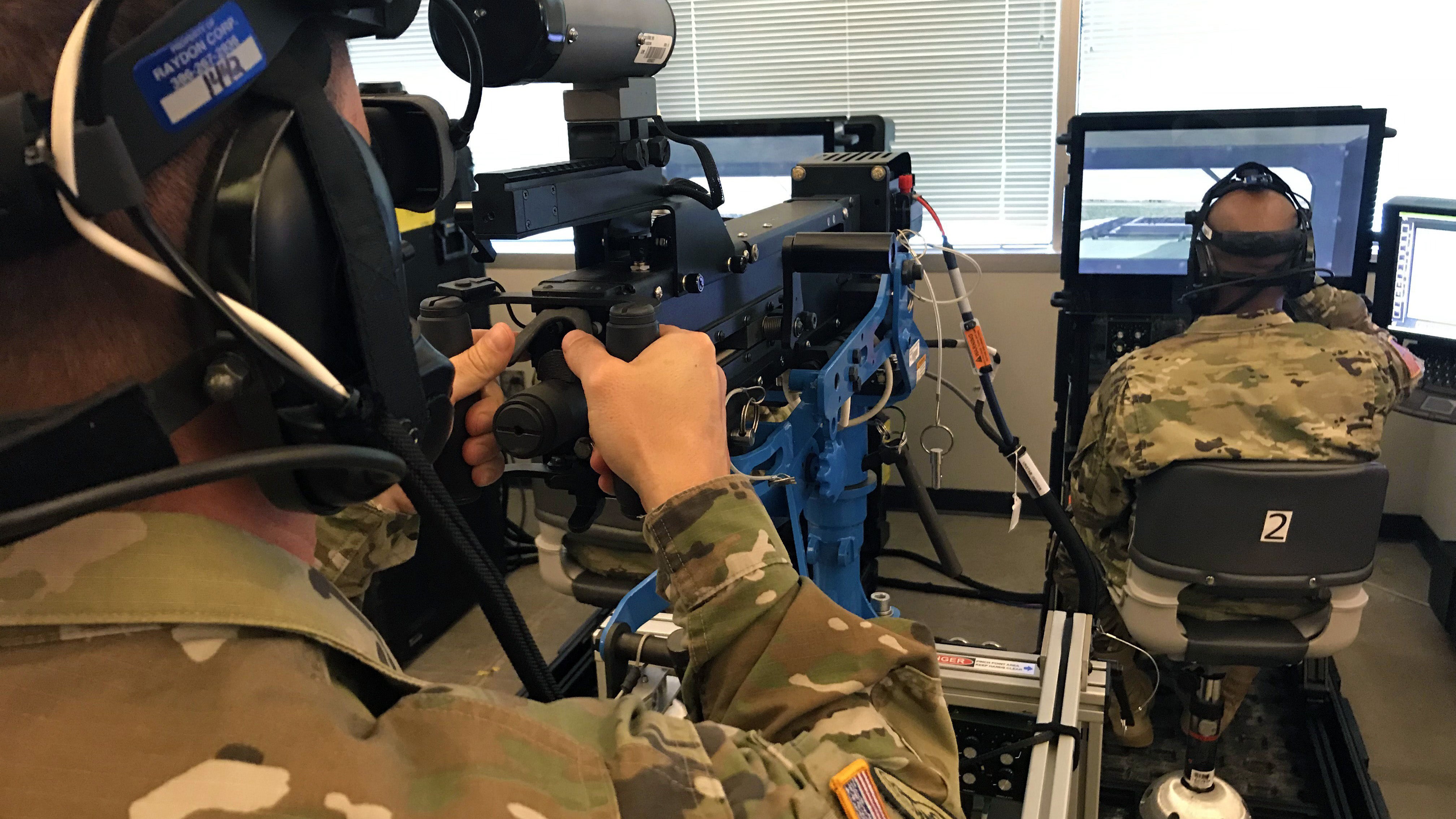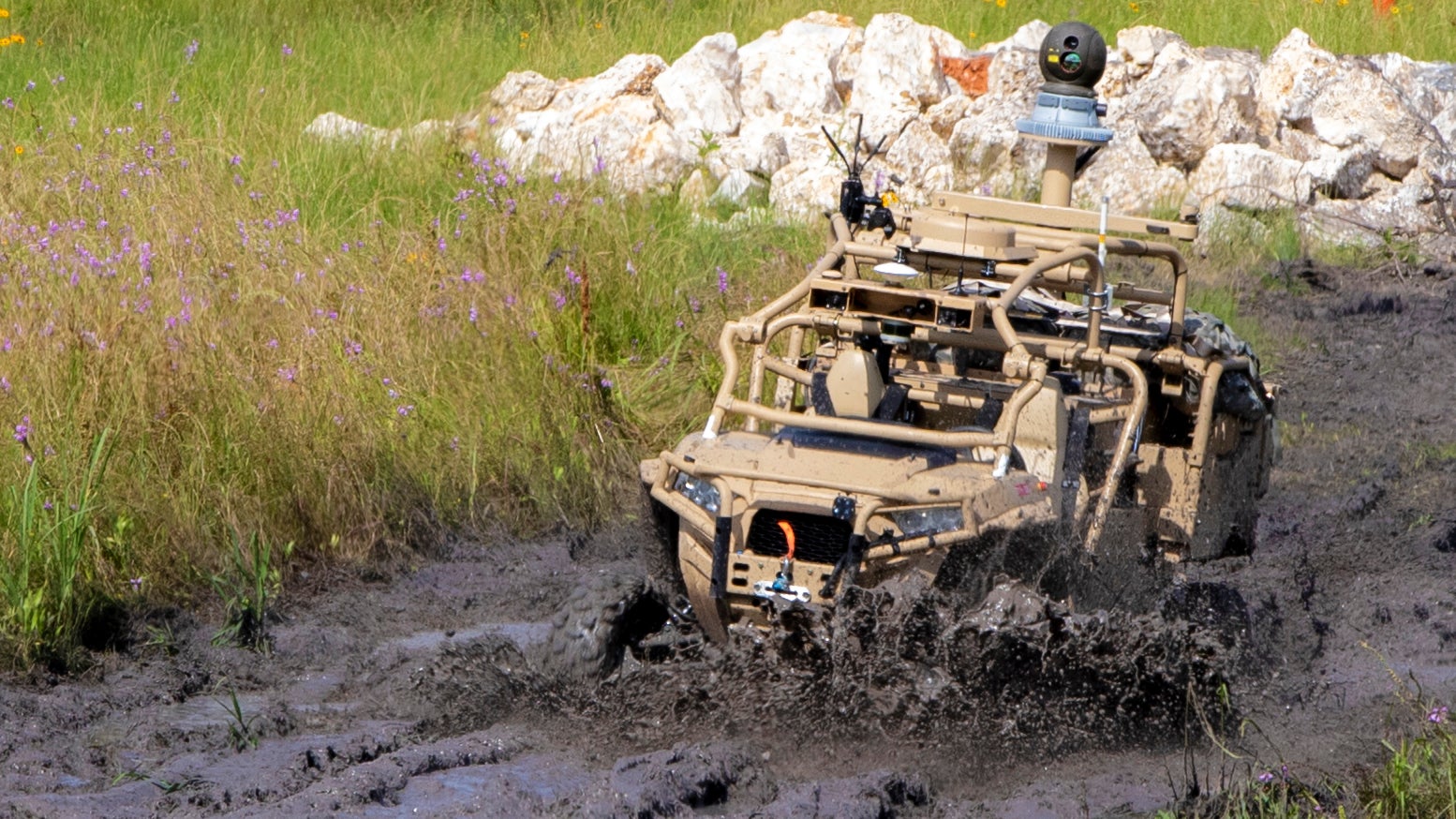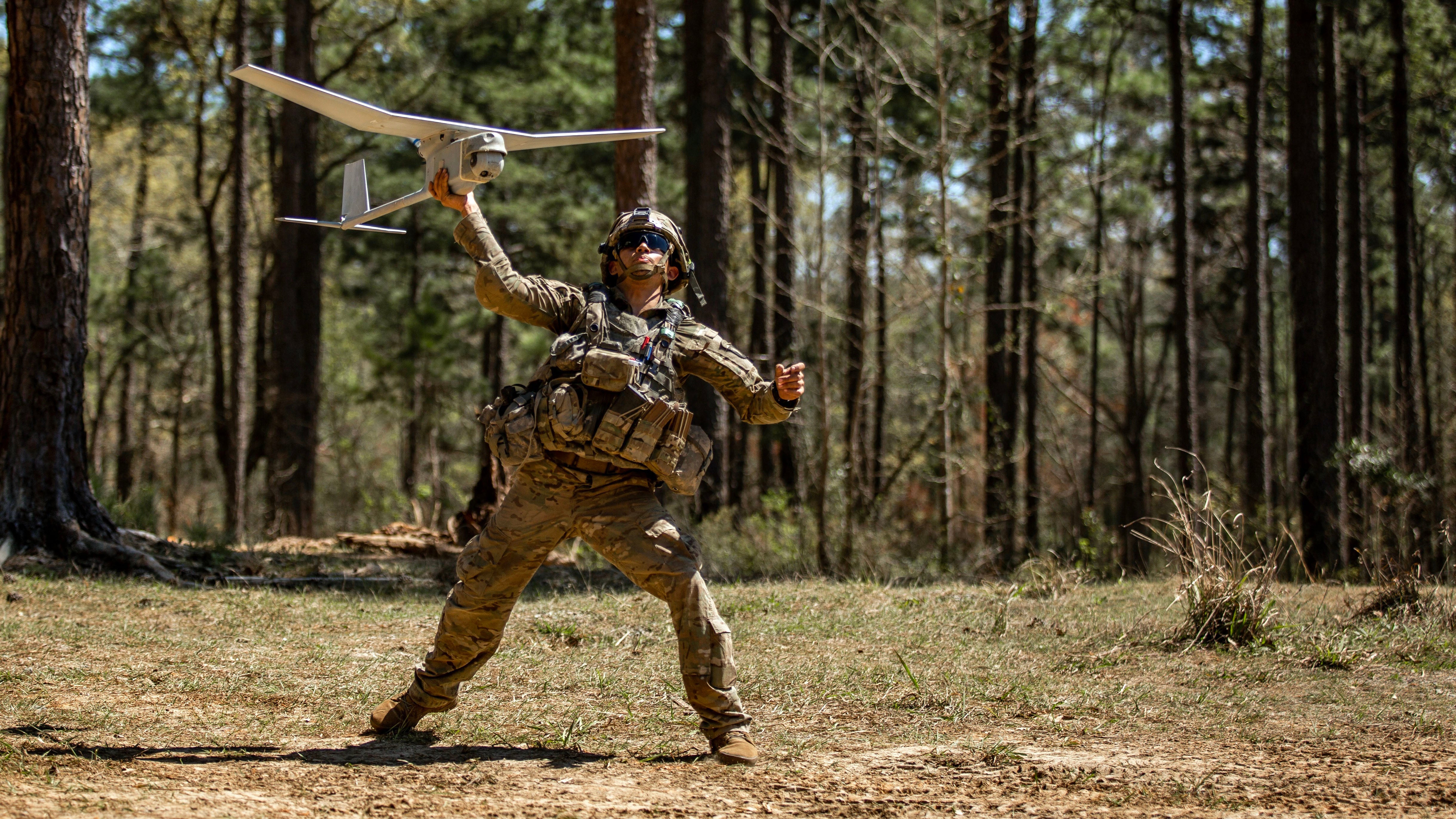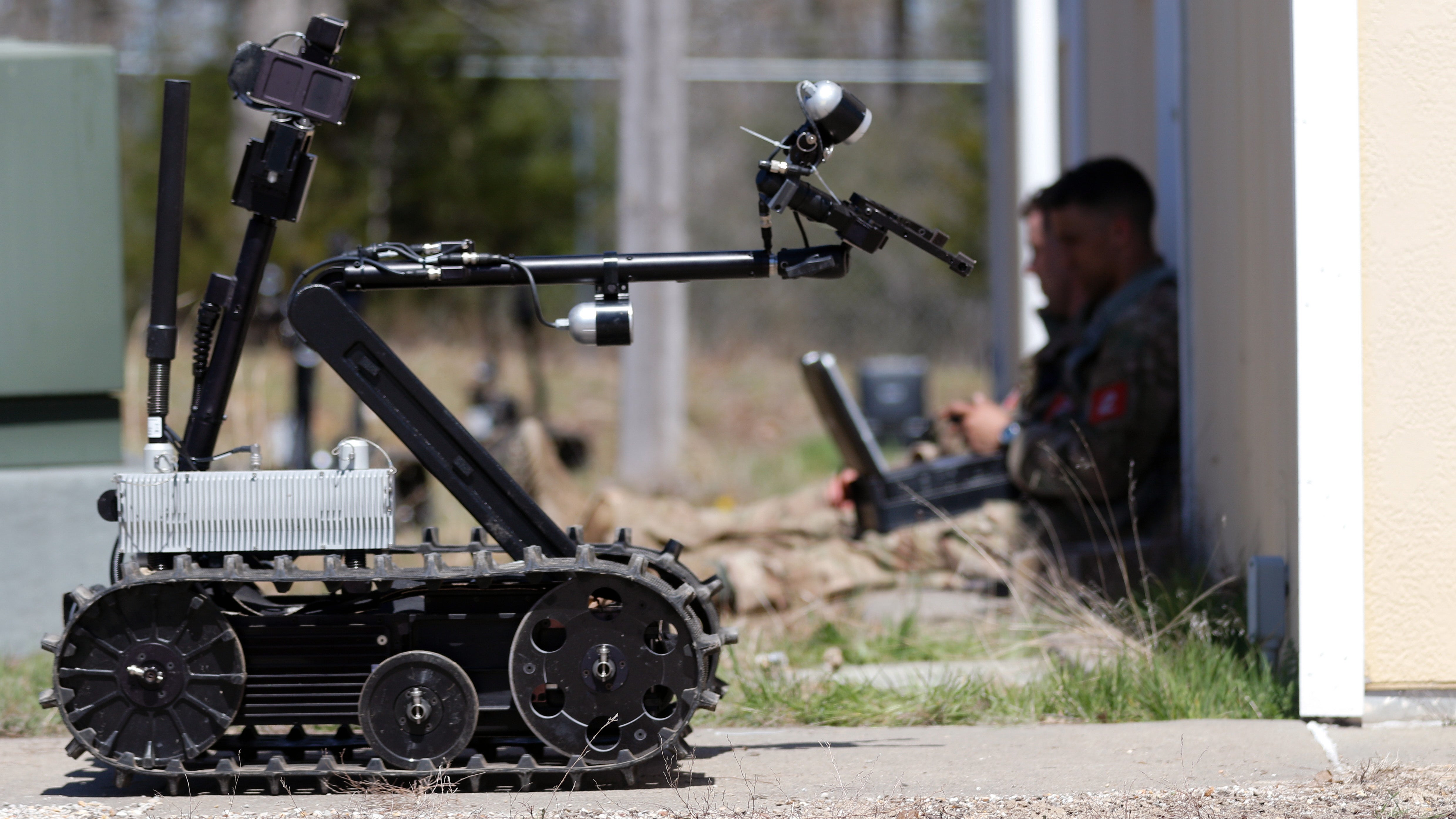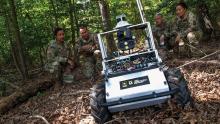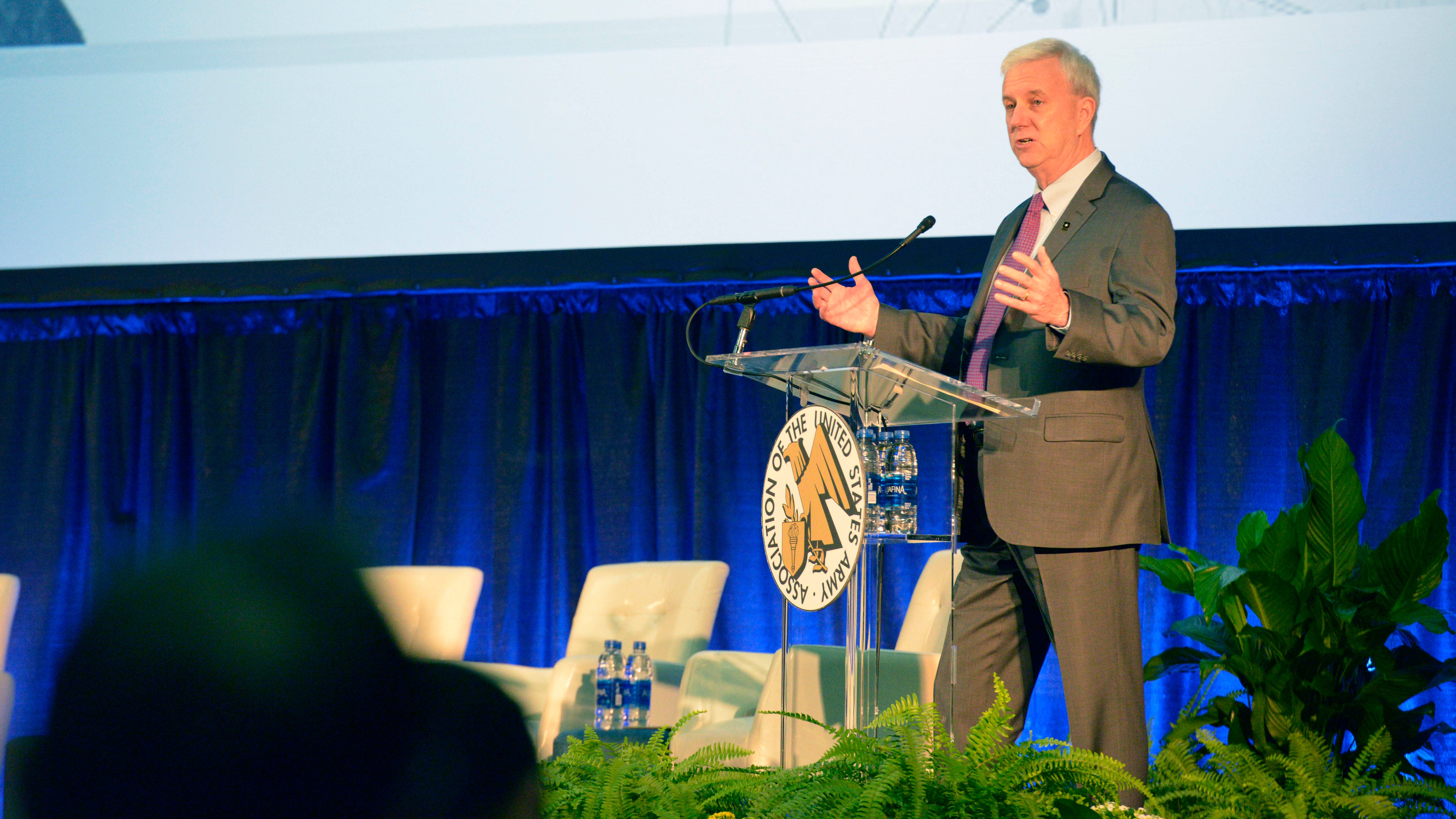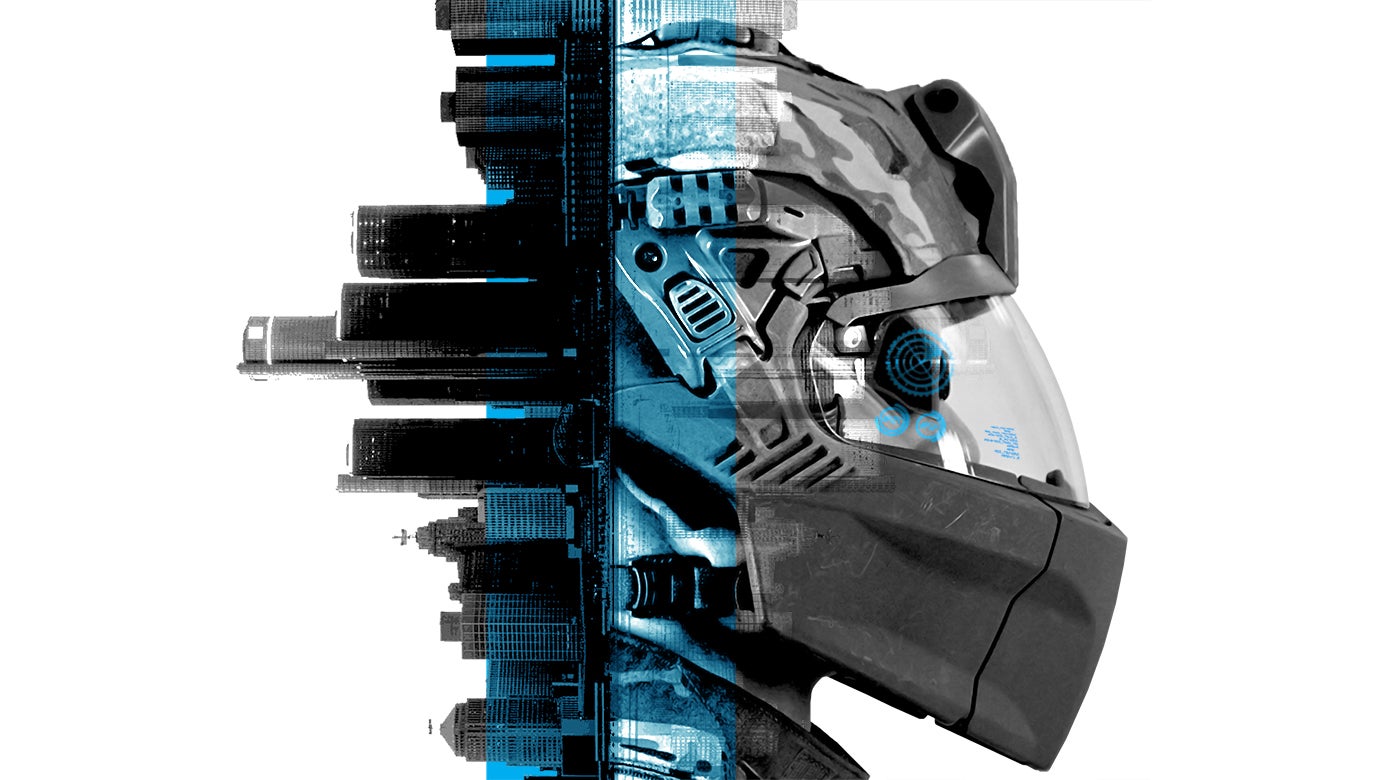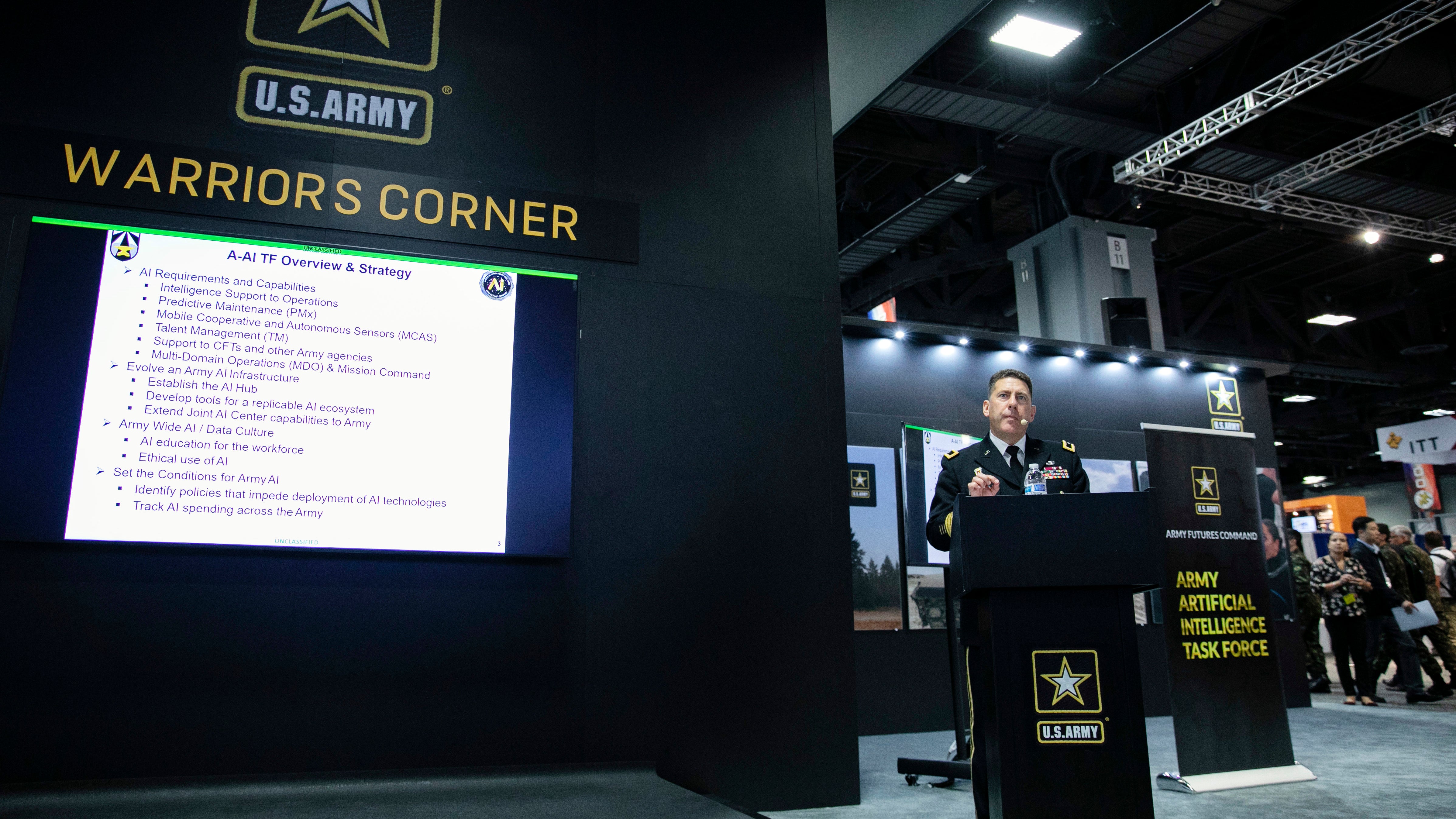Command Works to Turn Science Fiction into Reality

From artificial intelligence to robotics, the Army Combat Capabilities Development Command is busy turning science fiction into soldiers’ future capabilities, according to its commanding general.
Through Team Ignite, a collaborative effort with Army Futures Command’s Futures and Concepts Center, the command is helping shape concepts and capabilities for the future battlefield.


